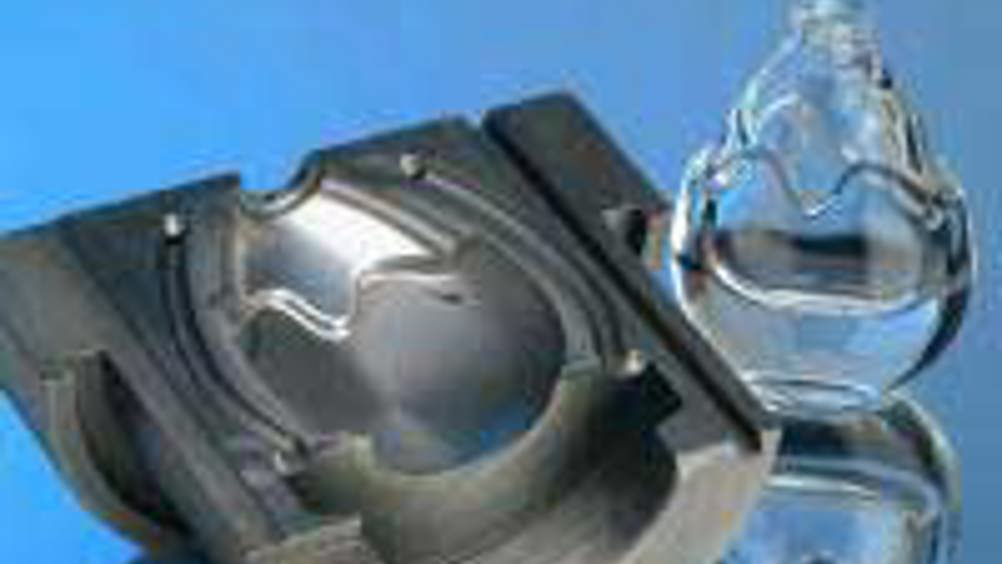Laser automates mould polishing
Researchers at the Fraunhofer Institute for Laser Technology in Aachen have developed a way of polishing moulds by using lasers.

Researchers at the Fraunhofer Institute for Laser Technology (ILT) in Aachen have developed a way of automating the polishing of injection moulds by using lasers.
Polishing injection moulds is time consuming and monotonous but requires high levels of concentration as any blemish in the mould can render it useless.
A skilled worker may often need a whole week to polish a single metal mould and up until now it has not been possible to use machines for the work because they could not polish the curved parts of the mould.
Describing the new technique, Dr Edgar Willenborg, group leader at the ILT, said: ’The laser beam melts the surface to a depth of about 50 to 100um. Surface tension ensures that the liquid metal flows evenly and solidifies smoothly.’
As in conventional grinding and polishing, the process is repeated with increasing degrees of fineness. In the first stage, the researchers melt the surface to a depth of about 100um, in further steps they gradually reduce the depth.
Register now to continue reading
Thanks for visiting The Engineer. You’ve now reached your monthly limit of news stories. Register for free to unlock unlimited access to all of our news coverage, as well as premium content including opinion, in-depth features and special reports.
Benefits of registering
-
In-depth insights and coverage of key emerging trends
-
Unrestricted access to special reports throughout the year
-
Daily technology news delivered straight to your inbox










UK Enters ‘Golden Age of Nuclear’
The delay (nearly 8 years) in getting approval for the Rolls-Royce SMR is most worrying. Signifies a torpid and expensive system that is quite onerous...